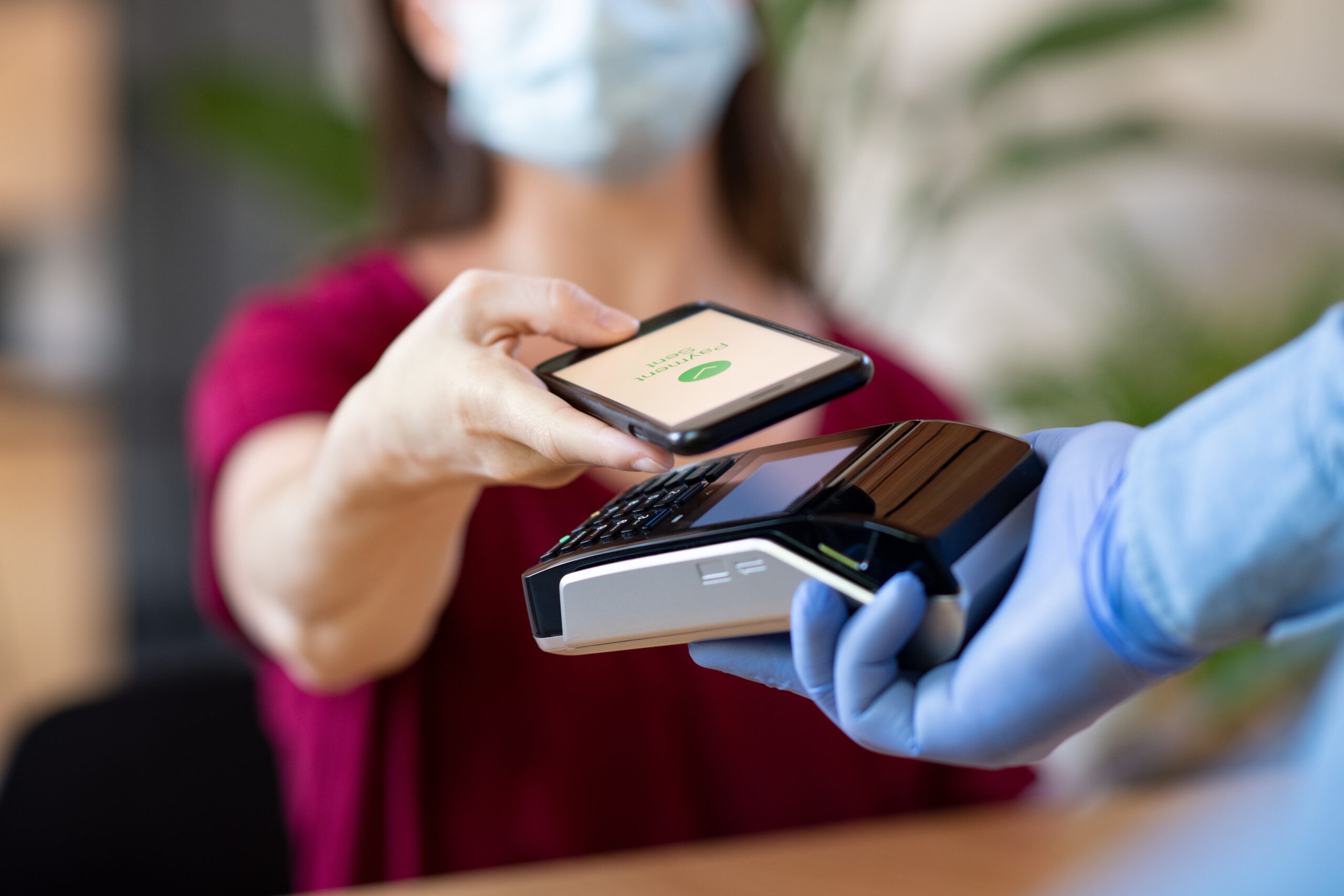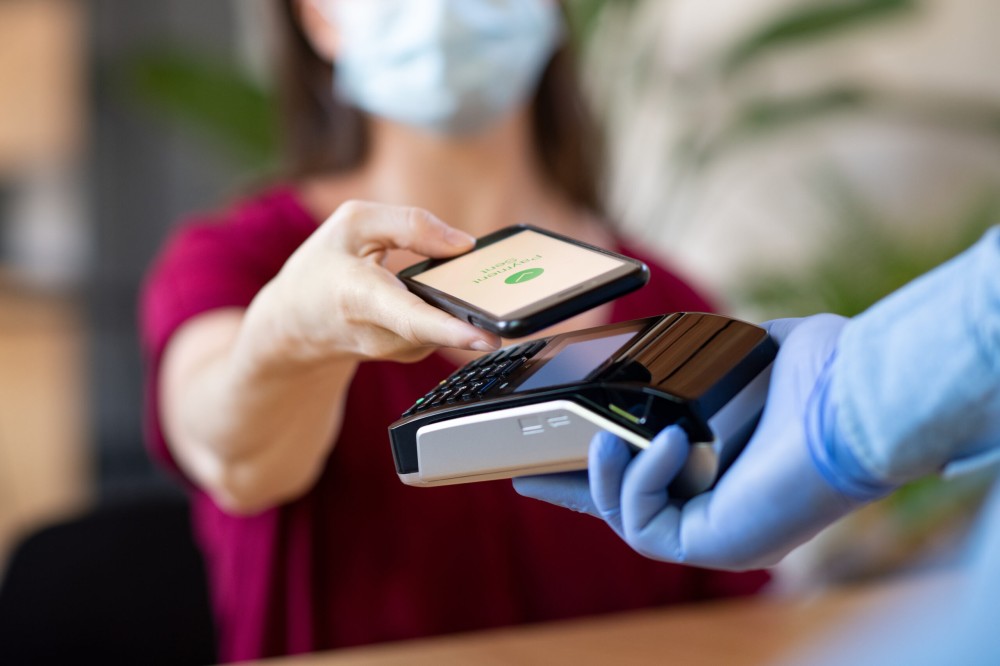There’s no doubt that contactless transactions have become a very significant part of life during the pandemic. With lockdowns and quarantine in place, plus the risks that come with physical contact, most people’s usual activities have now gone digital or online.
As customers start to prefer staying in the safety of their homes, the more they’re inclined to adapt to this changing mode of connectivity. Additionally, there’s also the need for a fast, secure, sanitary, and seamless procedure for all kinds of transactions.
The virtual space lends its handy functions to essential bureaucratic processes. You can now , request digital copies of documents, and transact other essential matters. But nothing benefits from contactless deals better than everyday financial affairs. If you’re looking for ways to implement contactless transactions for your business or even if you’re just curious about how it works, this article should be able to provide you with some important info.
What Are Contactless Transactions?
Quite literally, contactless transactions are transactions made or carried out using customers’ smartphones and bank cards. More specifically, they’re secure payment methods that minimize the need for customers to interact with a seller or establishment throughout their transactions as they would in over-the-counter or traditional payment methods. The goal is to facilitate a safe and swift encounter through the use of debit or credit cards and other unique payment methods available.
Shoppers can use their smartphones and other smart devices, guaranteeing the convenience of contactless dealings. At most, businesses use technology like radio frequency identification (RFID) and to power payment terminals—basically, those things on which you tap your card that pay your purchases instantly.
This system of transacting is fairly standard already, even before the pandemic struck. As businesses adjust to the challenges posed by the global pandemic, though, most—if not all—have adopted various methods to implement contactless transactions. The most familiar examples are e-wallets, virtual cards, and payment apps that consumers can link to their banks or credit card accounts.
If your business still doesn’t support contactless transactions, here are a few ways to help you get started:
1. Install NFC Terminals
You’re probably more familiar with online purchases if you enjoy the luxury of and convenience of e-commerce. How you pay for products and services using your trusted mobile payment app is one example of paying through contactless transactions. When you need to visit physical shops, you can simply come up to their payment terminals and tap your card to finish the purchase—without signing anything or typing your PIN.
To apply this concept to your business, the easiest way would be to implement NFC technology and terminals in your physical shops. Since this isn’t anything new, contacting companies that offer this service to all kinds of businesses is an easy task. Companies like Square and PayPal are the go-to companies for NFC terminal installations, but it largely depends on the and your default payment provider.
There shouldn’t be any fuss and problems with setting up NFC terminals in your business. The only thing worth emphasizing is that if you’re not using it already, that could pose some real inconveniences—not only for your customers but also for bringing your company to the future.
2. Use Mobile Payment Apps
It can be argued that mobile payment apps are much easier to use. Most people prefer to pay online in all their transactions, so businesses that don’t support this payment method might be at a big disadvantage.
The way mobile payment apps work is also straightforward. Users install their chosen app where they can process accepting or having credit and debit card payments. What comes with these apps is their own cards, which customers use in actual payments. The mobile app then processes the transaction.
What makes mobile payment apps desirable is how businesses only need to download the same app and contact companies to claim the services they offer. Several mobile payment apps mostly do the work for you—and more. The most vouched for are companies like PayPal, Stripe, Square, and Inuit that cover the basics and assist you in logistical matters.
3. Develop Your Website
There’s another practical method of implementing contactless transactions, and that’s by creating that allow transactional features. This is a viable option for small to medium businesses that intend to take a leap and go full-blown digital, as most businesses often do the past few years.

It’s also highly recommended to invest in software and website designs that could increase the safety and security of online payments made by your customers. That way, consumers won’t doubt the legitimacy of your platform and your brand as a whole.
Evaluating What Your Business Needs
You must evaluate your business setup before deciding what type of no-contact payment method you should use. When doing so, it’s best to know your capacities and needs as a company. The next consideration is, of course, your regular customers.
If you’re a small to medium business, you need to consider your customers’ proficiency with technology. It’s better to find a way if they’re all right with using the methods you’ll be implementing. You’ll also be in a better position if you can find out if they’re already familiar with tap-up cards or like Apple Pay.
When it’s difficult to conclude because of varying customer demographics and age profiles, you can rely on customer feedback to know which payment methods they’re comfortable with. But the best thing to do in this scenario is to open both NFC and digital payment options if you can.
Contactless Transactions Are Here To Stay
The COVID-19 pandemic is changing the way people pay. Whether for business purposes or simple online purchases, contactless transactions have become the most acceptable and adopted means of payment for most consumers for the past few years.
It’s safe to say that the e-commerce world inching closer towards a market where contactless payments are more common than real cash or credit cards. In a growing society that values convenience, safety, and quick transactions, the future is simply projected in such an impactful and advantageous direction. It might be about time for your business to embrace innovations of this kind by providing the best service you can offer.
